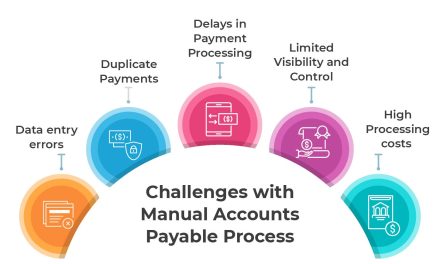Introduction: Meet the Author – Pritish Kumar Halder
Before diving into the intricate details of the Canadian multi-family real estate market, allow me to introduce myself, Pritish Kumar Halder. As a seasoned real estate analyst with a deep understanding of the Canadian market, I am here to provide you with an informative analysis of the rapidly growing multi-family investment sector in Canada.
- The Landscape of Canadian Multi-Family Investment
In recent years, the Canadian commercial real estate market has witnessed remarkable growth, with projections suggesting it could reach up to $59 billion. However, the most significant developments have been observed within the multi-family investment sector. This section discusses the latest research findings, showcasing the tremendous growth in the Canadian multi-family investment market. It highlights the transition from $14.1 billion in 2021 to a substantial $7.1 billion in sales during the first half of 2022.
- Diverse Shapes and Sizes of Multi-Family Properties
Multi-family investment properties encompass a wide range of residential spaces. This section delves into the various types of multi-family properties, including apartment buildings, condominium complexes, duplexes, mixed-use properties, retirement homes, and triplexes. It highlights how these properties allow investors to generate multiple rental income streams, differentiating them from single-family properties.
- The Driving Force: Immigration’s Impact on Multi-Family Investment
This section explores the crucial role that immigration plays in the Canadian rental market. With projections of 1.3 million new Canadians expected over the next three years, the impact on demand for multi-family properties is significant. Specific focus is given to Ontario, which is expected to witness more than one million newcomers in the next five years, including in more affordable cities like Thunder Bay. The influx of people is expected to drive consistent growth in the real estate market and boost demand for multi-family properties.
- Increasing Interest Amid Housing Affordability Challenges
The Canadian real estate market is grappling with affordability issues, forcing more households into renting rather than homeownership. This section discusses the factors contributing to this trend, such as high mortgage costs and rising property prices. With increased competition and limited inventories, rental prices are on the rise, making multi-family rental properties more attractive to investors.
- Benefits of Investing in Multi-Family Real Estate
This section outlines the key advantages that investors can reap from investing in multi-family real estate. It discusses how these properties tend to be long-term holds, provide a consistent income stream due to tenant stability, are less volatile, and serve as a source of equity to weather economic downturns. It also emphasizes the historical resilience of multi-family properties during economic recessions, as rental prices tend to remain stable.
- Tax Benefits and Financing Opportunities
The final section explains the significant tax benefits that come with multi-family property investments, including cost segregation and depreciation. These benefits can help reduce tax liability and encourage reinvestment in the market. Additionally, it discusses the relative ease of financing multi-family properties compared to single-family homes, given their higher cash flow potential and risk mitigation.
In conclusion, the Canadian multi-family real estate market is on a trajectory of substantial growth, fueled by immigration, affordability challenges in the housing market, and the numerous benefits it offers to investors. As the market continues to evolve, staying informed about the latest trends and developments in this sector is essential for investors and industry enthusiasts alike.






